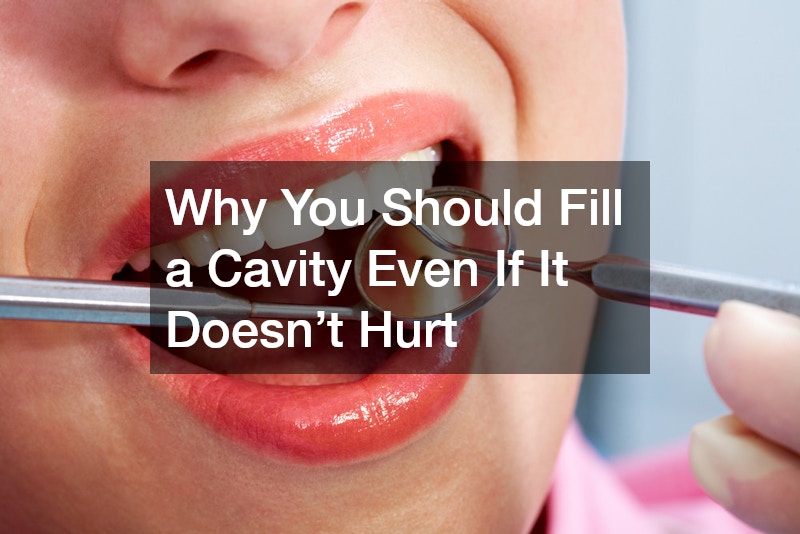Cavities often begin without causing any noticeable pain, leading many to question whether they need immediate attention. However, addressing a cavity promptly, even if it doesn’t hurt, is crucial for maintaining dental health and avoiding more severe issues.
Initially, cavities might not cause discomfort, making it tempting to postpone treatment. Unfortunately, cavities do not remain static. They progress by spreading through the tooth enamel into the softer dentin beneath.
As the decay advances, it accelerates and eventually may reach the tooth’s nerve. At this point, pain and inflammation may occur, requiring more complex treatments like root canals and crowns.
The cost and complexity of dental procedures increase significantly as decay worsens. A simple cavity that could be managed with a straightforward filling may escalate into a situation needing root canal therapy, followed by a crown. This not only raises treatment costs but also involves more time and multiple appointments.
Moreover, untreated cavities can compromise the structural integrity of your tooth. As decay spreads, the tooth enamel becomes increasingly weakened, making it prone to cracks and fractures from everyday activities like chewing. A tooth that breaks might require a crown, and in severe cases, extraction might be necessary. Extracted teeth need replacement options such as bridges or implants, which can be both costly and time-consuming.
To prevent these complications, it’s essential to address cavities as soon as they are detected by your dentist. Early treatment with a filling is more affordable and less invasive compared to dealing with advanced decay. Regular dental checkups are crucial for catching issues before they escalate. By seeing your dentist at least every six months, you can manage cavities early and maintain overall oral health.
Remember, while a cavity might not hurt initially, prompt treatment is key to preventing more significant dental problems down the line.
.

